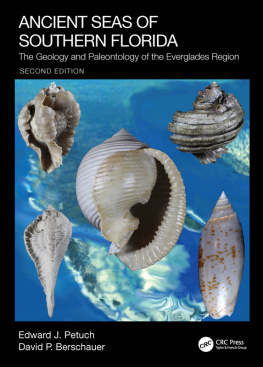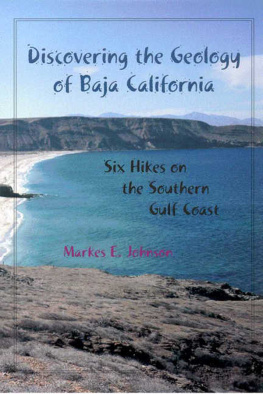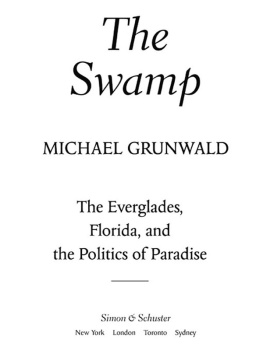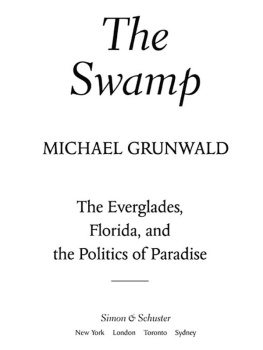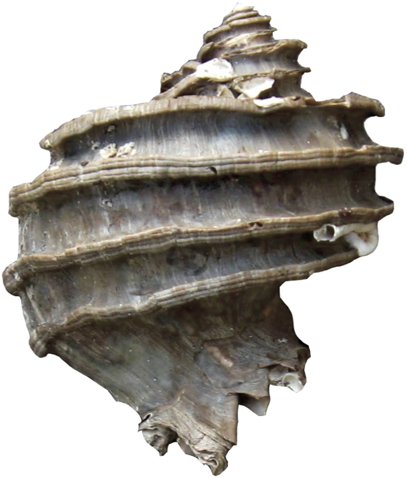Edward J. Petuch - Ancient Seas of Southern Florida: The Geology and Paleontology of the Everglades Region
Here you can read online Edward J. Petuch - Ancient Seas of Southern Florida: The Geology and Paleontology of the Everglades Region full text of the book (entire story) in english for free. Download pdf and epub, get meaning, cover and reviews about this ebook. City: Boca Raton, year: 2021, publisher: CRC Press, genre: Science. Description of the work, (preface) as well as reviews are available. Best literature library LitArk.com created for fans of good reading and offers a wide selection of genres:
Romance novel
Science fiction
Adventure
Detective
Science
History
Home and family
Prose
Art
Politics
Computer
Non-fiction
Religion
Business
Children
Humor
Choose a favorite category and find really read worthwhile books. Enjoy immersion in the world of imagination, feel the emotions of the characters or learn something new for yourself, make an fascinating discovery.
- Book:Ancient Seas of Southern Florida: The Geology and Paleontology of the Everglades Region
- Author:
- Publisher:CRC Press
- Genre:
- Year:2021
- City:Boca Raton
- Rating:5 / 5
- Favourites:Add to favourites
- Your mark:
Ancient Seas of Southern Florida: The Geology and Paleontology of the Everglades Region: summary, description and annotation
We offer to read an annotation, description, summary or preface (depends on what the author of the book "Ancient Seas of Southern Florida: The Geology and Paleontology of the Everglades Region" wrote himself). If you haven't found the necessary information about the book — write in the comments, we will try to find it.
The authors have done an outstanding job of compiling decades of data collected by their own field reconnaissance and other geoscientists This represents a significant contribution to the understanding of the development of the Florida carbonate platform, and it will assist other disciplines as they strive for better understanding of our groundwater resources, aquifer characterizations, paleoenvironmental interpretations, and historical/educational geology programs.
Walt Schmidt, Florida State Geologist & Chief, Florida Geological Survey, USA (praise for the first edition)
Painting a complete picture of the history of the Everglades, Ancient Seas of Southern Florida: The Geology and Paleontology of the Everglades Region, Second Edition provides an overview of the geology, paleontology, and paleoceanography of the region. It emphasizes the upper 300m of the geologic framework of the area and gives insight into the local stratigraphy, geomorphology, lithology, and historical geology. Designed to be a field guide as well as a reference, the book is illustrated in full color with brand new photographs of exposed geologic sections, stratotype localities, collection sites, and details of interesting fossil beds.
In this book, the authors illustrate almost 800 of the most important and diagnostic stratigraphic index fossils found in these beds, including over 50 species of corals and almost 700 species of mollusks, along with echinoderms, crustaceans, echinoids, petrified wood, and aquatic vertebrates. A new edition of The Geology of the Everglades and Adjacent Areas, it contains larger images of fossil shells, corals, and echinoderms and includes new updated geological data and concepts, as well as an expanded iconography of stratigraphic index fossils. Based on the data gleaned from these fossils, it also offers a series of geomorphological visualizations, showing the possible appearances of the Florida Peninsula during the times when it was covered by tropical seas, from the Oligocene to the late Pleistocene.
This second edition provides a new perspective on both the historical geology of southern Florida and the evolution of one of Americas most beautiful natural treasures, the Everglades.
Edward J. Petuch: author's other books
Who wrote Ancient Seas of Southern Florida: The Geology and Paleontology of the Everglades Region? Find out the surname, the name of the author of the book and a list of all author's works by series.

